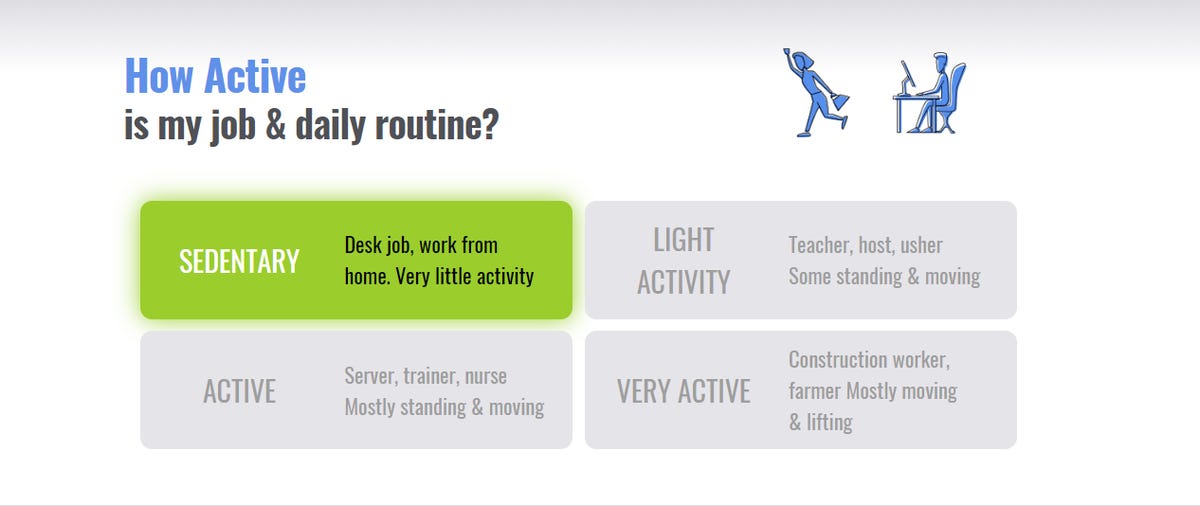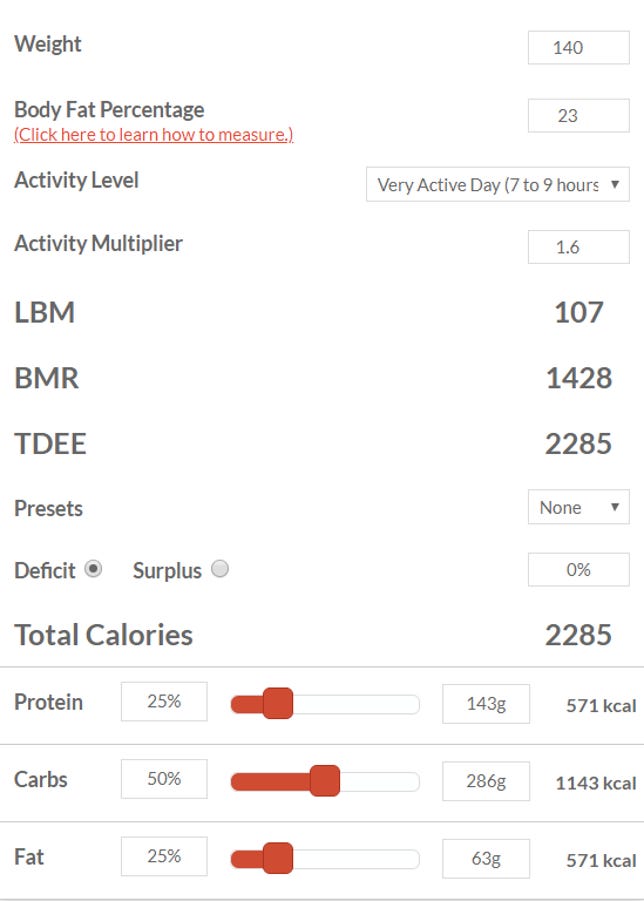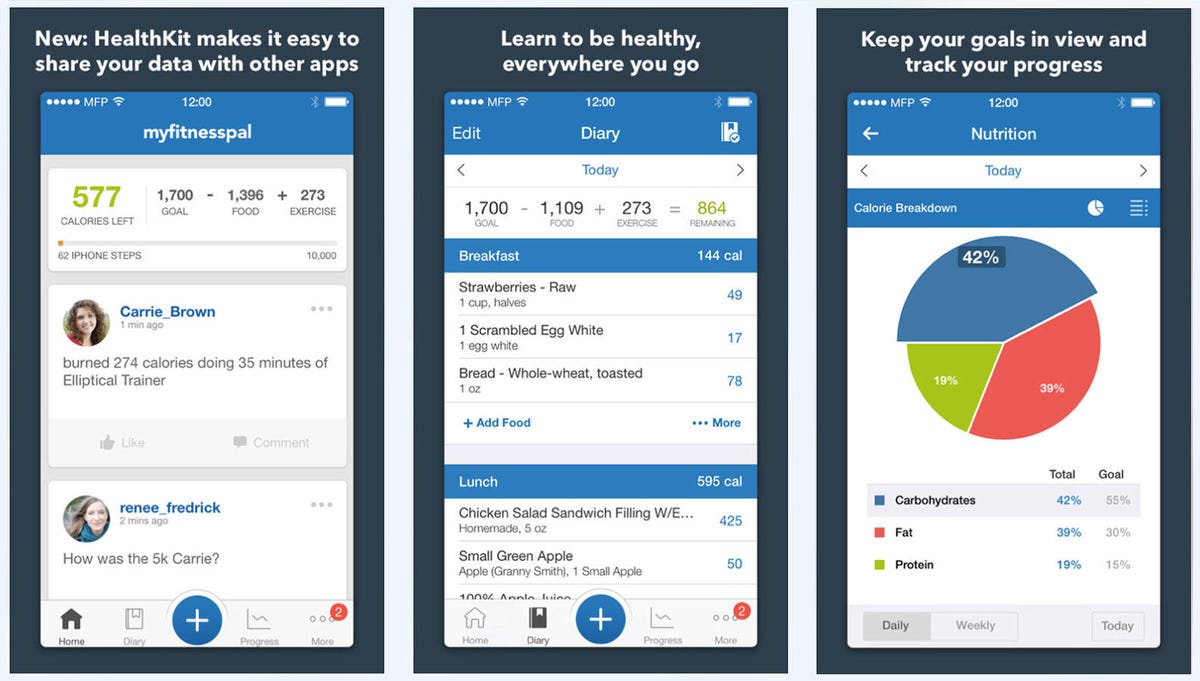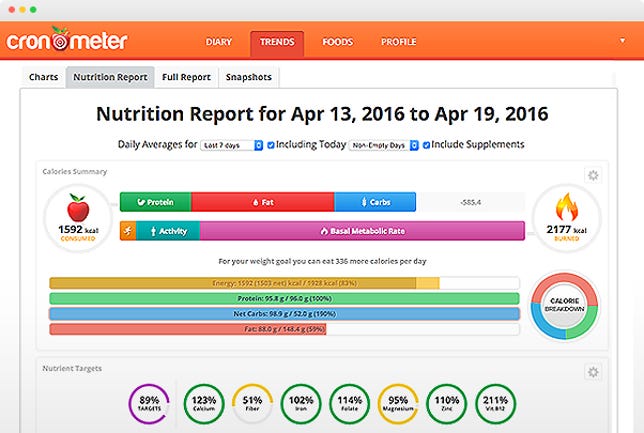Fitness: Achieve Your Health Goals with These Expert Tips
In today's fast-paced world, prioritizing our health and fitness is more important than ever. Whether you're aiming to lose weight, build muscle, or simply improve your overall well-being, embarking on a fitness journey can be both empowering and rewarding. This comprehensive guide is designed to provide you with the knowledge and motivation you need to kickstart your fitness journey and achieve lasting results.
The Importance of Fitness
Understanding the Significance of Physical Activity
Physical activity plays a crucial role in maintaining good health and well-being. Engaging in regular exercise not only helps to strengthen muscles and improve cardiovascular health but also boosts mood and reduces the risk of chronic diseases such as diabetes and heart disease.
Exploring the Benefits of Regular Exercise
Regular exercise offers a multitude of benefits, including increased energy levels, improved sleep quality, and enhanced cognitive function. Additionally, it can help to alleviate stress and anxiety, leading to better mental health and overall happiness.
Setting SMART Fitness Goals
Defining Specific, Measurable, Achievable, Relevant, and Time-bound Goals
Setting SMART goals is essential for success in any fitness endeavor. By clearly defining your objectives and establishing a realistic timeline for achievement, you can stay motivated and track your progress effectively.
Crafting Your Personalized Fitness Plan
Creating a personalized fitness plan tailored to your individual needs and preferences is key to long-term success. Consider factors such as your current fitness level, exercise preferences, and time constraints when designing your workout routine.
Nutrition for Optimal Health
Understanding the Role of Nutrition in Fitness
Nutrition plays a fundamental role in supporting your fitness goals and overall health. Fueling your body with the right nutrients is essential for maximizing performance, promoting muscle growth, and facilitating recovery.
Making Healthy Food Choices
Focus on incorporating a balanced diet rich in fruits, vegetables, lean proteins, and whole grains. Avoid processed foods and excessive sugar, and prioritize hydration by drinking plenty of water throughout the day.
Effective Workout Strategies
Incorporating Strength Training into Your Routine
Strength training is a crucial component of any fitness regimen, helping to build lean muscle mass, increase metabolism, and improve functional strength. Include a variety of exercises targeting different muscle groups for optimal results.
Embracing Cardiovascular Exercise
Cardiovascular exercise is essential for improving heart health, burning calories, and enhancing endurance. Incorporate activities such as running, cycling, or swimming into your routine to elevate your heart rate and boost stamina.
Lifestyle Changes for Long-term Success
Prioritizing Sleep and Recovery
Adequate rest and recovery are vital for allowing your body to repair and rebuild after intense workouts. Aim for 7-9 hours of quality sleep per night and incorporate rest days into your exercise schedule to prevent burnout and reduce the risk of injury.
Managing Stress Levels
Chronic stress can have detrimental effects on both physical and mental health, making it essential to incorporate stress-management techniques into your daily routine. Practice mindfulness, meditation, or deep breathing exercises to promote relaxation and reduce tension.
FAQs (Frequently Asked Questions)
- How often should I exercise to see results?
- Aim for at least 150 minutes of moderate-intensity exercise or 75 minutes of vigorous activity per week, spread out over several days.
- What are some healthy snack options for fueling workouts?
- Opt for nutrient-dense snacks such as Greek yogurt with berries, a banana with almond butter, or a handful of mixed nuts.
- Is it necessary to take supplements for fitness?
- While supplements can be beneficial for certain individuals, it's best to focus on obtaining nutrients from whole foods whenever possible. Consult with a healthcare professional before starting any new supplement regimen.
- How can I stay motivated to stick to my fitness routine?
- Find activities that you enjoy and enlist the support of friends or family members to help keep you accountable. Setting achievable goals and celebrating your progress along the way can also boost motivation.
- Should I consult with a healthcare professional before starting a new exercise program?
- It's always a good idea to consult with a healthcare provider before beginning any new exercise regimen, especially if you have pre-existing medical conditions or concerns.
- What role does hydration play in fitness?
- Staying hydrated is essential for maintaining optimal performance during workouts and supporting overall health. Aim to drink water regularly throughout the day, especially before, during, and after exercise.
Conclusion
Embarking on a fitness journey is a transformative experience that can lead to improved health, increased energy, and greater self-confidence. By following the expert tips outlined in this guide, you can take charge of your fitness and work towards achieving your goals. Remember to stay consistent, listen to your body, and celebrate your progress along the way. Here's to a happier, healthier you!








:quality(70)/cloudfront-us-east-1.images.arcpublishing.com/tronc/WZGIWSRHQNAZ5B7LAEQTNUHSSI.JPG)